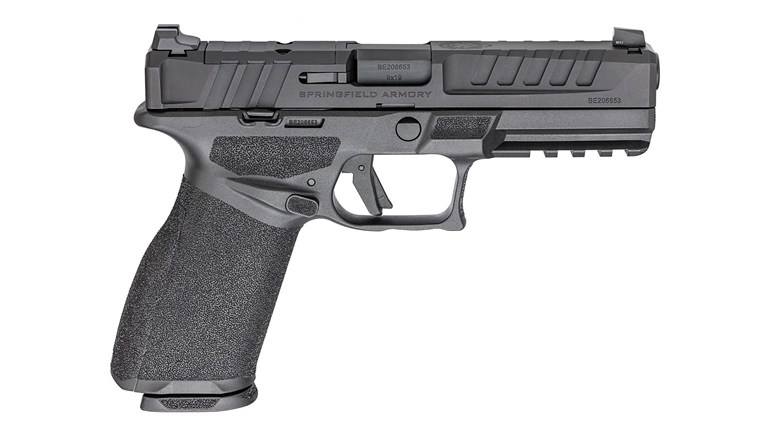
“Is this gun safely locked?” the man at the front of the classroom—an NRA Basic Pistol instructor—asked. He put a training gun into a plastic gun case like many guns come with, then wound a metal padlock through the hole designed for it and snapped the lock closed.
The students all stared at him blankly. Of course it was safely locked—he’d just locked it himself!
He didn’t say anything. He simply turned the case, pried open the side with the hinges, and brought out the training gun. It took about five seconds.
The lesson? Not all storage options are up to the task they advertise. Secure-storage options come in all sizes and with many innovative entry options, from typical keypads to RFID wristbands. Get the best protection you can afford.
Not sure how best to store your firearms for your situation? Reach out to an NRA instructor in your area.

Highly Portable Options
These locks and cases allow for the safe transport of firearms when you aren’t carrying them on body. Trigger Locks and Locking Gun Cases are better than nothing, but easy for determined individuals to defeat. Portable Safes allow you to keep your gun secured in your vehicle or nearly anywhere. They come with a cable to secure the safe to something immovable.

Vehicle Storage
Inadequate vehicle storage remains one of the primary ways guns get stolen, an unfortunate fact exacerbated by the number of “gun-free” zones requiring you to disarm before entering. Luckily, there are portable safes that slide under your seats, safes that work with your console design, trunk boxes and even safes hiding in your seat’s headrest.

Small In-Home Storage
Small safes allow you to easily stage firearms near your bed. There are also safes for under the bed or affixing to the wall, in case you prefer long guns. As with other portable safes, these need to be affixed to something secured to the floor or a wall for true security.

Large In-Home Storage
Large safes allow you to store multiple firearms in a very non-portable way.


































